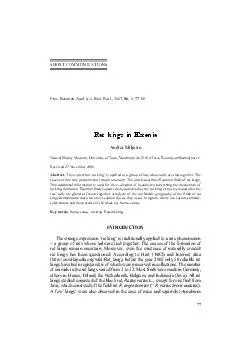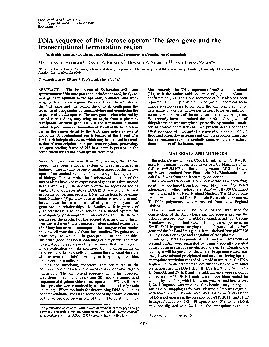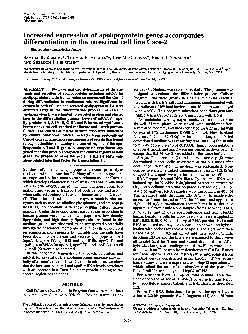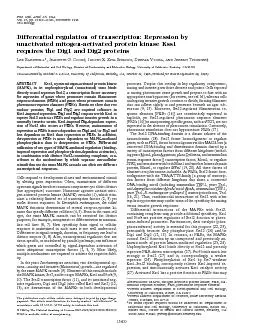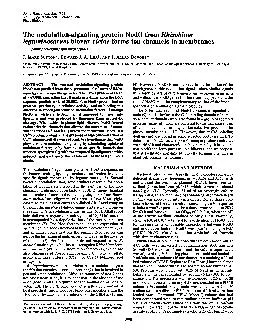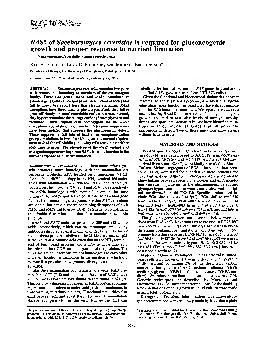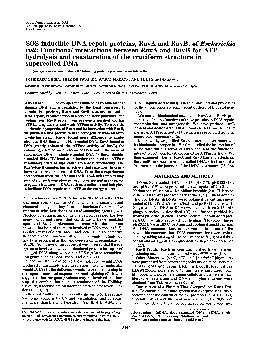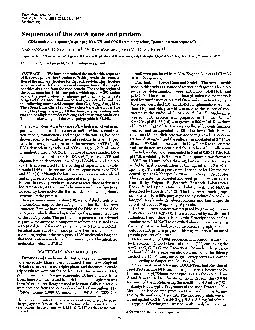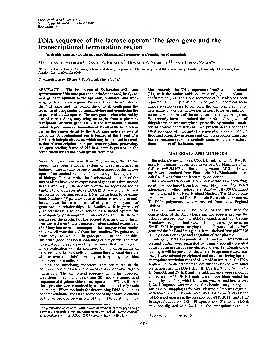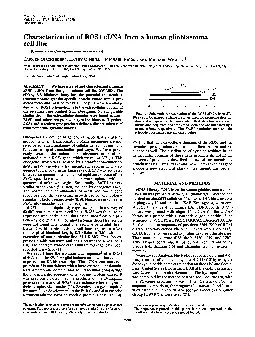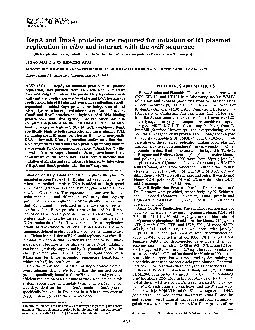PDF-SHORT COMMUNICATIONS Proc. Estonian Acad. Sci. Biol. Ecol., 2007, , 1,
Author : myesha-ticknor | Published Date : 2015-10-04
sylvaticusMus musculusSciurus carolinensisS vulgaris Kunstyr 1977 Hart 1982 Kotenkova et al 1989 The recent discovery of the rat king at Saru Estonia in January
Presentation Embed Code
Download Presentation
Download Presentation The PPT/PDF document "SHORT COMMUNICATIONS Proc. Estonian Acad..." is the property of its rightful owner. Permission is granted to download and print the materials on this website for personal, non-commercial use only, and to display it on your personal computer provided you do not modify the materials and that you retain all copyright notices contained in the materials. By downloading content from our website, you accept the terms of this agreement.
SHORT COMMUNICATIONS Proc. Estonian Acad. Sci. Biol. Ecol., 2007, , 1,: Transcript
Download Rules Of Document
"SHORT COMMUNICATIONS Proc. Estonian Acad. Sci. Biol. Ecol., 2007, , 1,"The content belongs to its owner. You may download and print it for personal use, without modification, and keep all copyright notices. By downloading, you agree to these terms.
Related Documents

